Insert Injection Molding Service
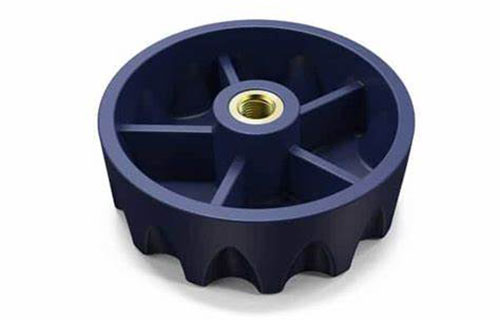
Custom Insert Injection Molding Parts Solution
Looking for a reliable and efficient solution for your plastic component needs? Our Insert Injection Molding Service is here to meet your demands. With advanced technology and skilled craftsmanship, we specialize in producing high - quality plastic parts with inserts. Whether you need metal inserts for added strength or other materials for specific functionalities, our precise molding process ensures seamless integration and durability. From automotive parts to consumer electronics, we offer customized solutions tailored to your specifications. Trust us to deliver excellence in every injection molded product.
What is Insert Injection Molding?
Insert Injection Molding is a specialized manufacturing process that combines plastic injection molding with the integration of pre - formed inserts. These inserts, typically made of metal or other materials, are placed into the mold before the plastic is injected. The plastic then flows around the insert, creating a strong bond and a single - piece component. This technique enhances the mechanical properties of the final product, reduces assembly steps, and improves overall part integrity.
It is widely used in various industries, including automotive, electronics, and consumer goods. For example, in automotive manufacturing, it allows for the production of lightweight yet durable components with embedded metal parts for strength. In electronics, it enables the creation of connectors and housings with integrated metal pins. Insert injection molding is an efficient way to combine different materials into a single, functional unit, offering both design flexibility and cost - effective production.
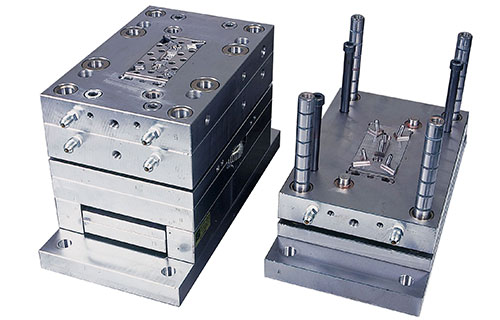
Design, Insert Injection Mold making, production and assembly
What exactly can we do
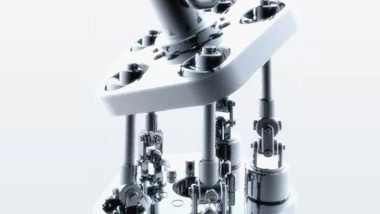
mould design
>Provide samples, drawings and requirements, and provide drawing optimization and design support and efficiency
>Good at optimizing injection mold structure and providing high-efficiency mold development services
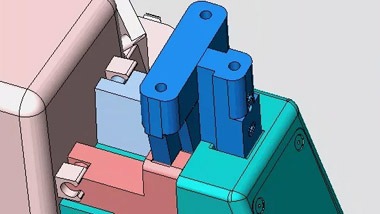
Mold making
>According to the requirements of product structure and product performance, reasonably design the mold structure and cooperate with 3D software for mold flow analysis
>Use 3D laser plate printing to make your samples meet the requirements at one time
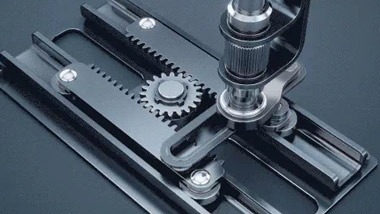
Product production
>With a complete production management team and equipment, it can deliver on time and quickly as soon as one week
>Batch production after sample determination

Product assembly
>Incoming inspection - material preparation - assembly Online - assembly - finished product inspection - shipment
The Advantages of Insert Injection Molding
Insert injection molding is a highly beneficial manufacturing process. It combines the advantages of plastic injection molding with the integration of inserts, typically made of metal or other materials, to create stronger and more durable components. This technique reduces the need for secondary assembly processes, thereby lowering labor costs and production time. It also allows for greater design flexibility, enabling the creation of complex shapes and functionalities within a single part. Additionally, insert injection molding ensures high precision and consistency, resulting in reliable and high - quality products.
Key Advantages:
- Enhanced Strength and Durability: Combines plastic with robust inserts.
- Reduced Assembly Costs: Minimizes secondary assembly processes.
- Design Flexibility: Enables complex shapes and functionalities.
- High Precision and Consistency: Ensures reliable, high - quality products.
The Insert Injection Molding Process
Unlock the potential of precision manufacturing with our state - of - the - art Insert Injection Molding Process! Designed to elevate your production capabilities, this innovative technique seamlessly integrates pre - formed inserts with high - quality plastic materials, delivering components that are not only durable but also incredibly versatile. Experience the future of manufacturing today!
The Insert Injection Molding Process:
- Insert Placement: Precision - placed inserts (metal, plastic, or other materials) are carefully positioned within the mold cavity.
- Injection: High - quality plastic material is injected into the mold, encapsulating the insert and forming a single, cohesive unit.
- Cooling and Solidification: The plastic cools and solidifies around the insert, creating a strong bond and a unified component.
- Ejection and Inspection: The finished part is ejected from the mold and thoroughly inspected to ensure it meets the highest standards of quality and functionality.
With our Insert Injection Molding Process, you get unparalleled precision, reduced assembly costs, and enhanced product durability. Transform your manufacturing today!
Applications of Insert Injection Molding
Elevate your manufacturing game with the versatile applications of Insert Injection Molding! This cutting-edge technique is not just a process—it’s a game - changer for industries seeking precision, durability, and innovation. Whether you’re looking to enhance automotive components, create robust consumer electronics, or design intricate medical devices, Insert Injection Molding delivers unmatched versatility and reliability. Discover how this powerful technology can transform your products and boost your competitive edge!
Applications of Insert Injection Molding:
- Automotive Industry: Reinforce critical components with metal inserts for added strength and durability. Ideal for engine parts, transmission components, and structural elements.
- Consumer Electronics: Integrate metal pins and connectors into plastic housings for smartphones, laptops, and other devices. Enhance functionality while maintaining sleek designs.
- Medical Devices: Create precise, high - performance components for medical instruments and equipment. Ensure reliability and safety with seamless integration of materials.
- Industrial Equipment: Produce durable, high - strength parts for machinery and tools. Combine the flexibility of plastic with the robustness of metal inserts.
- Aerospace: Develop lightweight yet extremely strong components for aircraft and spacecraft. Meet stringent industry standards with precision - engineered parts.
From automotive to aerospace, Insert Injection Molding is the solution you need to push the boundaries of what’s possible. Transform your products today!
Custom Plastic Part By Insert Injection Molding
Hey there! Are you ready to take your plastic components to the next level? Look no further than Yigu Technology! We specialize in custom plastic parts crafted through the precision and innovation of Insert Injection Molding. Whether you need intricate designs, enhanced durability, or seamless integration of multiple materials, our state-of-the-art process delivers unparalleled quality and functionality.
At Yigu Technology, we don't just make parts—we create solutions tailored to your unique needs. Our expert team works closely with you to bring your vision to life, from concept to completion. With our advanced Insert Injection Molding technology, you can expect:
- Precision: Every detail is meticulously crafted to ensure perfect fit and function.
- Strength: Combine plastic with metal or other materials for unmatched durability.
- Customization: From automotive to electronics, we tailor our process to fit your industry and application.
- Efficiency: Reduce assembly steps and production time, saving you both money and effort.
Don't settle for ordinary plastic parts. Choose Yigu Technology for custom solutions that exceed your expectations. Let's build something extraordinary together—contact us today to get started!
Insert Injection Molding FAQ
How does Insert Injection Molding work?
The process involves placing the insert into the mold cavity, injecting molten plastic around it, and allowing the plastic to cool and solidify. The result is a single part with the insert firmly embedded within the plastic.
What types of materials can be used as inserts?
Common insert materials include metals like steel, aluminum, and brass, as well as other materials like ceramics or even different types of plastic.
Can I use multiple types of inserts in a single part?
Yes, you can use multiple types of inserts in a single part, depending on your design requirements.
What kind of plastic materials are compatible with Insert Injection Molding?
Most thermoplastic materials, such as ABS, nylon, polycarbonate, and polypropylene, are compatible with Insert Injection Molding.
How do I design my part for Insert Injection Molding?
Design considerations include ensuring proper alignment of the insert, adequate plastic flow around the insert, and sufficient bonding between the insert and the plastic material.
Can I add threads or other features to my part using Insert Injection Molding?
Yes, you can incorporate threaded inserts or other functional features into your part using this process.
How does Insert Injection Molding reduce production time?
By combining multiple components into a single part, the need for secondary assembly processes is reduced, leading to faster production times.
What is the typical tolerance range for Insert Injection Molding?
Tolerances can vary depending on the specific application, but typical ranges are within ±0.005 inches (±0.127 mm).
Can I customize the color and finish of my Insert Injection Molding parts?
Yes, you can customize the color and finish of your parts through the use of different plastic materials and post-processing techniques.
How flexible is the design process for Insert Injection Molding?
The design process is highly flexible, allowing for complex shapes and integrated features that can be tailored to your specific requirements.